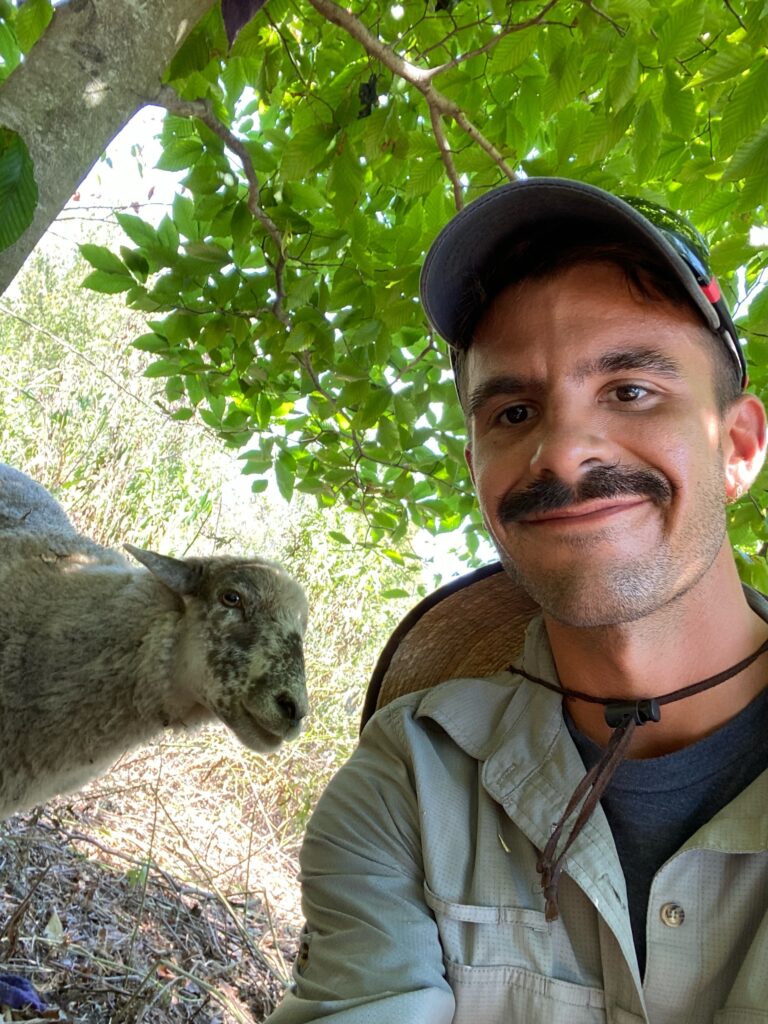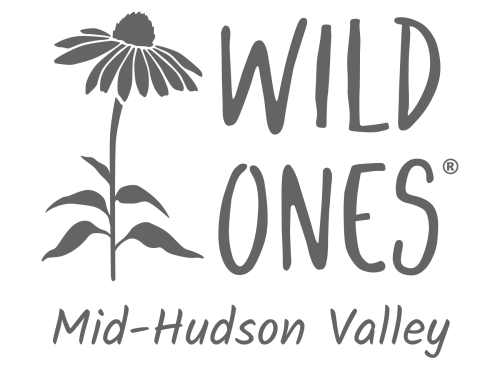by Logan Fisher
All photos by the author
Current Blooms & Seed Collection Tips
As we settle into late spring and approach early summer, the landscape is shifting — many early bloomers are beginning to set seed, while summer species are just starting to stir. Multiple important natives—Golden Alexander, Wild Geranium, Red Columbine, Wild Lupine, Camassia, and Eastern Beebalm—are now fading from flower and entering their seed-setting stages. These species have offered valuable early-season nectar to pollinators like bees, flies, and hummingbirds, and are now ready to be collected and grown-on.
Here’s what to look for in the coming weeks:
Golden Alexander – Zizia aurea
These bright, golden umbels are now mostly past bloom and beginning to form seed. You’ll find them in moist meadows and woodland edges, where they’ve supported early solitary bees and beetles.
● Bloom timing: Finished flowering by early June
● Seed collection: Begins mid to late June, continuing into early July. Collect when umbels have browned and seeds separate easily when rubbed.
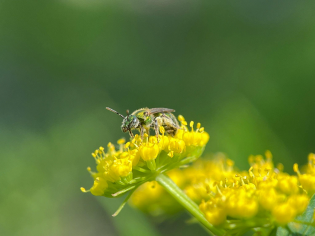
Wild Geranium – Geranium maculatum
With its delicate pink-purple petals now fading, Wild Geranium is moving into seed production. Look for it in forest understories and along shady edges.
● Bloom timing: Peaked in May
● Seed collection: Ongoing now (mid-June). Watch for upright, beak-like seed capsules — harvest before they dry and twist open to eject their seeds.
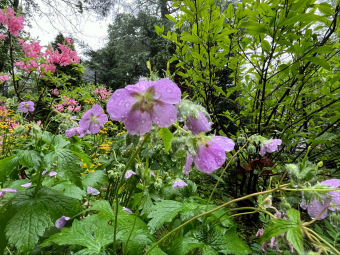
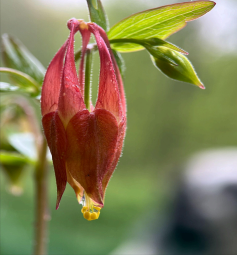
Red Columbine – Aquilegia canadensis
These elegant red-and-yellow nodding flowers have mostly finished blooming in much of the region, though some may linger in cooler microclimates.
● Bloom timing: Wrapping up by early to mid-June
● Seed collection: Ideal timing is now through late June. Upright pods will darken and dry — seeds should rattle inside. Collect before rain, which can knock them free.
Camassia – Camassia scilloides / Camassia quamash
These elegant, starry blue flowers bloom in spring and are often found in moist meadows, prairies, or open woodlands. Native Camassia supports a range of early pollinators and adds striking vertical structure to early-season displays. By mid-June, flowering has ended and seed formation is underway.
● Bloom timing: Peaked in May, fully finished by early June
● Seed collection: Begins mid to late June. Look for upright seed capsules that turn light brown and begin to dry. Harvest when capsules are firm and start to split at the seams. Inside, the seeds should be dark and hard. Collect promptly before capsules shatter and scatter seeds naturally.
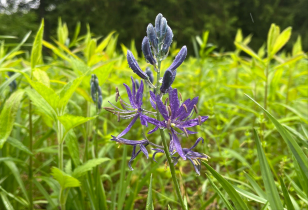
Eastern Beebalm – Monarda bradburiana
A distinctive early-blooming Monarda, M. bradburiana brings soft lavender-pink flowers to dry meadows and open woodlands just as spring transitions to summer. Its blooms are a valuable nectar source for early bees, butterflies, and hummingbirds. Unlike later-blooming Monarda fistulosa, this species finishes flowering earlier in the season and enters seed phase sooner.
● Bloom timing: Peaked in late May to early June
● Seed collection: Begins late June into early July. Watch for seed heads to dry and darken. Seeds mature inside the flower’s tubular calyces. Rub seed heads gently between your fingers — if mature, small dark seeds will fall freely. Allow to fully dry before storing to prevent mold.
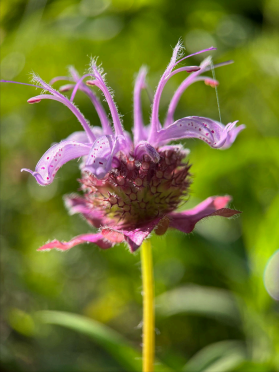
Wild Lupine – Lupinus perennis
This nitrogen-fixing legume is essential for the endangered Karner blue butterfly and thrives in sandy, well-drained soils. Its spires of soft blue flowers are fading, and pods are forming.
● Seed collection: Mid to late June. Pods turn brown and twist as they dry. Harvest just before they split open and eject seeds. Dry in paper bags to finish curing.
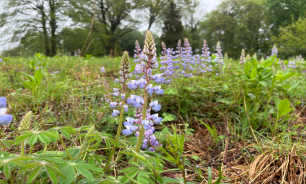
Author Logan Fisher is a seasoned horticulturist specializing in ecological gardening. He works as a Field Operations Manager with Larry Weaner Landscape Associates. He is also the co-founder of Flosagri, a new backyard-style native plant nursery based in Cold Spring, NY. Find out more about Logan and his work at www.flosagri.com
